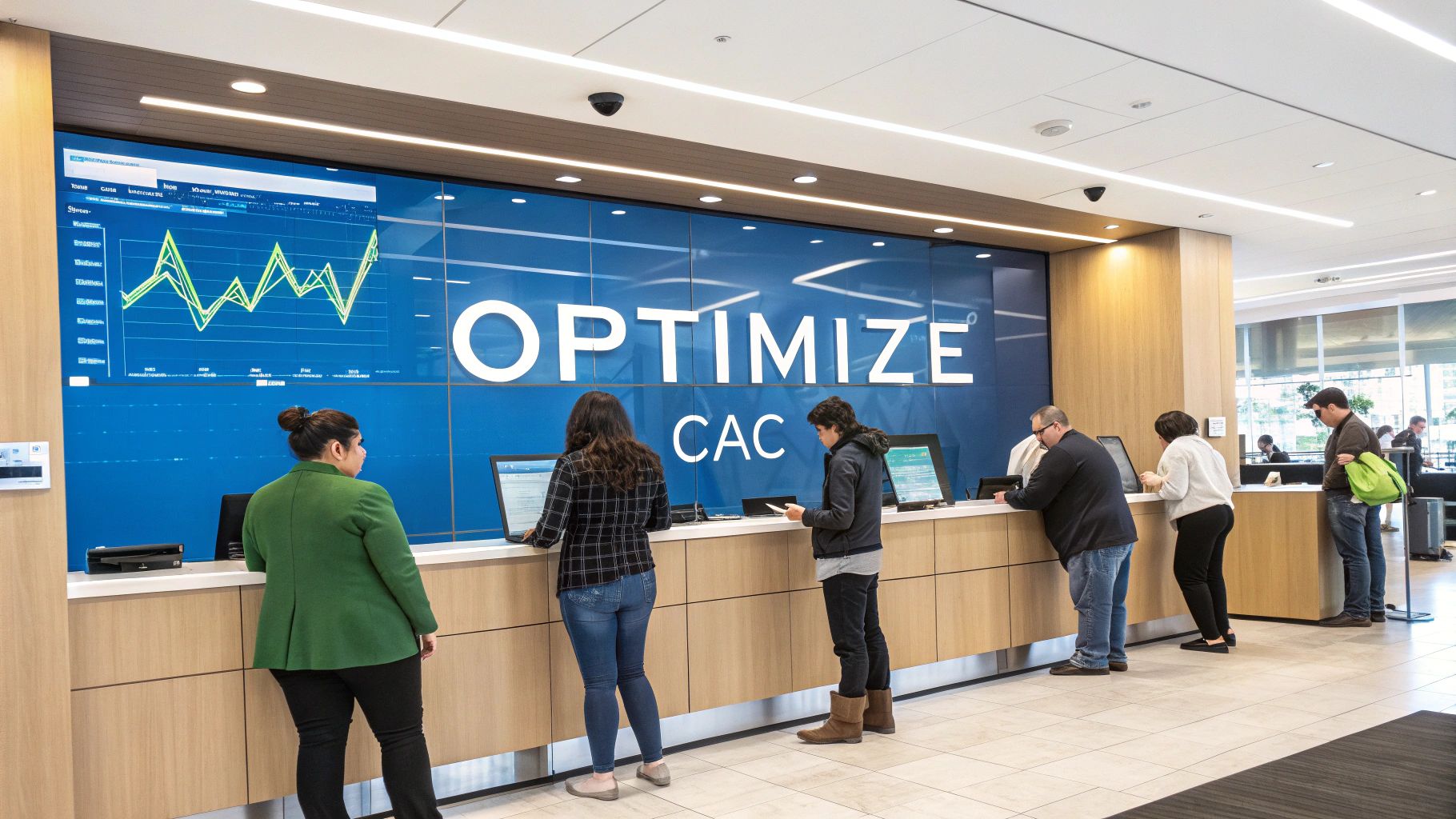The Role of Community Banking in Local Economies
Banking Knowledge Base
Estimated reading time: 7 minutes
Table of contents
I. Introduction
Community banking is a term that is becoming increasingly familiar to people in the United States. But what does it actually mean, and how does it differ from traditional banking? It refers to banking services provided by smaller, locally-based financial institutions, such as credit unions or these banks, that are focused on serving the needs of their local communities. These banks provide personalized, customer-focused services that are tailored to the needs of their customers. In this article, we will explore the concept of community banking in more detail, looking at its role in the financial industry and the benefits it provides to both customers and communities.
II. What is Community Banking?
This banking refers to banking services provided by smaller, locally-based financial institutions that focus on serving the needs of their local communities. These banks are typically smaller than traditional banks and are often owned and operated by members of the community they serve.
One of the main differences between community banks and traditional banks is their focus on personalized, customer-focused services. These banks often pride themselves on providing a high level of customer service, offering customized solutions to meet the unique needs of their customers.
In addition to their customer-focused approach, community banks also tend to have a more intimate understanding of the local community and its needs. They may specialize in serving particular types of customers, such as small business owners or farmers, and may offer services that are tailored to the needs of those customers.
Overall, the characteristics of community banks include a strong focus on personalized customer service, a commitment to the local community, and an understanding of the unique needs of the community they serve.
III. What are The Roles of Community Banking?
Community banks play a unique role in their local communities by providing financial services that are tailored to the needs of their customers. They often have a deep understanding of the local economy and are able to provide financing and other services to support local businesses and individuals.
One of the key benefits of community banking is the level of personalized service they provide. Customers of these banks often have direct access to bank staff and decision-makers, making it easier to get answers to questions and resolve any issues that may arise. These banks also tend to be more flexible and nimble than larger banks, allowing them to quickly respond to the needs of their customers and adapt to changes in the local economy.
Another benefit of community banking is the positive impact it can have on local communities. These banks often invest in local businesses and organizations, providing financing and other support that helps to create jobs and stimulate economic growth. They may also support local charities and community organizations, contributing to the overall well-being of the community.
Overall, the role of community banking is to provide customized financial services that support the needs of their customers and their local communities. By doing so, these banks play an important role in promoting economic growth and prosperity at the local level.

IV. Community Banks in the USA
The community banking industry in the United States is a vital part of the financial sector, providing important services to individuals and businesses in communities across the country. According to the Independent Community Bankers of America, there are more than 5,000 community banks in the USA, serving more than 4,000 communities.
While community banks represent a relatively small share of the overall banking industry, they play an important role in providing financial services to smaller businesses and individuals who may not have access to the same level of services from larger banks. In fact, community banks hold more than $4 trillion in assets, which is a significant portion of the overall banking industry.
Community banks also tend to have a strong presence in rural areas and smaller towns, where larger banks may not have a physical presence. This means that these banks are often the primary provider of banking services in these areas, providing access to critical financial services for residents and businesses.
Overall, the community banking industry in the USA is an important part of the financial sector, providing customized financial services to individuals and businesses in communities across the country.
V. Examples of Community Banks in the USA
There are many community banks operating in the USA, each with its own unique services and features. Here are a few examples of some of the leading these banks in the country:
United Community Bank - Headquartered in Georgia, United Community Bank operates more than 150 branches across the southeastern United States. The bank offers a range of services to individuals and businesses, including checking and savings accounts, loans, and mortgages.
City National Bank - Based in West Virginia, City National Bank has more than 90 branches across five states in the eastern United States. The bank offers a range of personal and business banking services, including checking and savings accounts, loans, and credit cards.
First Commonwealth Bank - Headquartered in Pennsylvania, First Commonwealth Bank has more than 150 branches across eight states in the northeastern United States. The bank offers a range of personal and business banking services, including checking and savings accounts, loans, and mortgages.
First United Bank - Based in Texas, First United Bank has more than 85 branches across Texas and Oklahoma. The bank offers a range of personal and business banking services, including checking and savings accounts, loans, and mortgages.
Bank of Marin - Based in California, Bank of Marin has more than 20 branches across the San Francisco Bay Area. The bank offers a range of personal and business banking services, including checking and savings accounts, loans, and mortgages.
Overall, these banks offer a range of services and features designed to meet the unique needs of their customers. By providing personalized, customer-focused services, these banks are able to compete with larger banks and offer a viable alternative for individuals and businesses looking for customized financial services.
VI. Conclusion
In this article, we've explored the concept of community banking in the USA, looking at its unique characteristics, its role in the financial industry, and the benefits it provides to customers and communities. We've also highlighted some examples of leading these banks in the country and the services and features they offer.
Overall, community banking is an important part of the financial sector in the USA, providing customized financial services to individuals and businesses in communities across the country. Community banks play a unique role in their local communities by providing personalized services, investing in local businesses and organizations, and supporting the overall well-being of their communities.
Looking to the future, community banking is likely to continue to play an important role in the financial sector. As more people look for personalized financial services and support for local businesses and organizations, these banks will continue to offer a viable alternative to larger banks. By focusing on customer service and community support, these banks will remain an important part of the financial landscape in the USA for years to come.
This banking refers to banking services provided by smaller, locally-based financial institutions that focus on serving the needs of their local communities. These banks are typically smaller than traditional banks and are often owned and operated by members of the community they serve.
Community banks play a unique role in their local communities by providing financial services that are tailored to the needs of their customers. They often have a deep understanding of the local economy and are able to provide financing and other services to support local businesses and individuals.
Similar Articles

Brian's Banking Blog
A Bank Executive's Guide to Regulatory Agencies

Brian's Banking Blog
Mastering Operations in the Banking Industry for Strategic Advantage

Brian's Banking Blog
How to Improve Customer Satisfaction: A Data-Driven Mandate for Bank Executives

Brian's Banking Blog
Top Stakeholder Engagement Strategies for Banking Executives

Brian's Banking Blog
A Guide to the Bank Leverage Ratio for Executives and Directors

Brian's Banking Blog
Decoding the Bank Rating System: A Guide for Executive Leadership

Brian's Banking Blog
Largest Banks in Texas: A Data-Driven Analysis for Executive Leadership

Brian's Banking Blog
Mastering Bank Customer Acquisition Cost: A Strategic Guide for Executives

Brian's Banking Blog
Mastering Return on Equity: A Strategic Guide for Bank Executives

Brian's Banking Blog